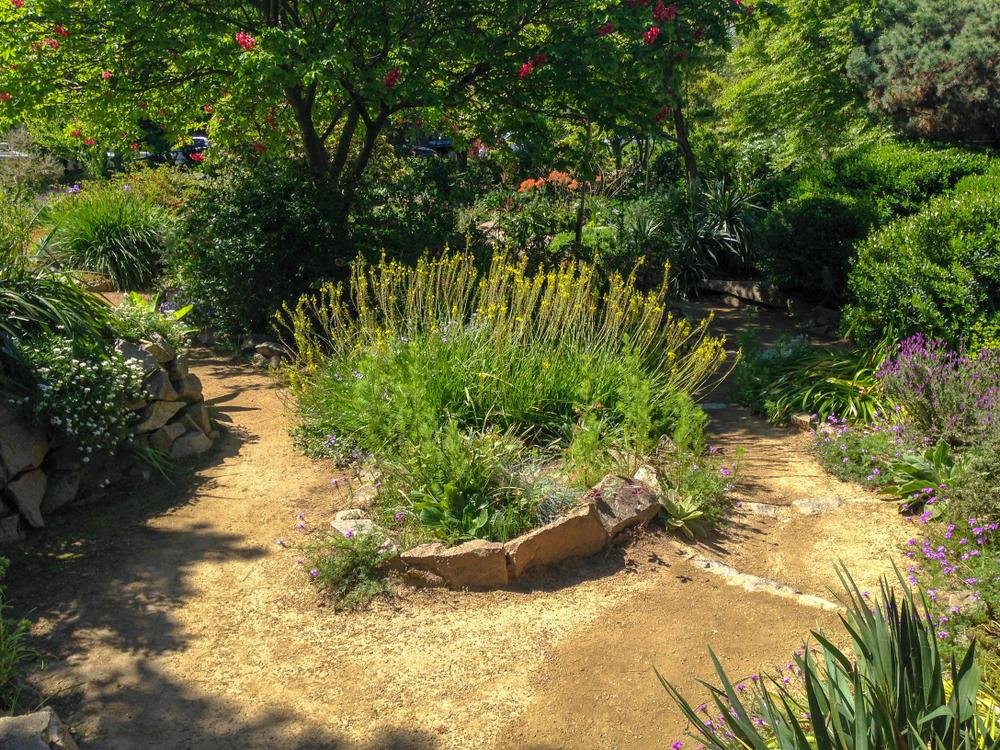Planning a Woodland Landscape: Tips from Sacramento Landscaping Contractors

Are you dreaming of a tranquil woodland escape—right in your Sacramento backyard? Creating a lush, inviting landscape with expert advice and thoughtful planning can turn that dream into reality. This blog post guides you through everything you need to know about planning a woodland landscape, from plant selection to layout. Not only will you learn valuable tips to transform your outdoor space, but you’ll also discover how to maintain it to keep its natural beauty for years to come.
Why Choose a Woodland Landscape for Your Home?
Woodland landscapes offer several benefits beyond their aesthetic appeal. They create a serene environment that fosters relaxation and peace of mind. The dense foliage provides shade, helping to cool your home and reduce energy costs during Sacramento’s hot summers. Additionally, a well-planned woodland garden encourages biodiversity, attracting birds, insects, and small wildlife—a delight for any nature enthusiast.
Understanding the Woodland Theme
Before you dig in, it’s vital to understand the essence of a woodland landscape. Unlike formal gardens, woodland themes focus on natural beauty and organic growth. The goal is to mimic nature by incorporating various plant layers, from towering trees to low-lying ferns. This layered approach offers visual depth and helps create microhabitats within your garden.
Selecting the right plants is crucial for achieving a thriving woodland setting. Native plants are always a smart choice, as they’re adapted to Sacramento’s climate and require less maintenance. Consider oak trees for height, manzanita for shrubbery, and California poppies for ground cover. These selections not only blend seamlessly with the natural environment but also support local wildlife.
Crafting a Balanced Layout
A well-thought-out layout ensures your woodland garden is both functional and visually appealing. Start with the larger trees as your foundation, then work your way down to shrubs, perennials, and ground covers. Use winding paths to guide visitors through your garden, offering them a chance to explore its nooks and crannies. Remember, balance is key; avoid overcrowding to ensure each plant has room to thrive.
Soil Preparation
Healthy soil is the backbone of any successful garden, especially in a woodland setting. Sacramento’s soil can be clay-heavy, so amending it with organic matter like compost is essential. This improves drainage and provides nutrients for plant growth. Consider conducting a soil test to tailor your amendments accurately and give your plants the best start possible.
The Importance of Layering in Woodland Gardens
Layering plants not only enhances the beauty of your garden but also fosters a healthy ecosystem. Start with tall canopy trees to provide shade and shelter. Below that, incorporate mid-story shrubs for texture and depth. Lastly, add understory plants like ferns and wildflowers to bring color and interest to the forest floor. This approach creates a rich visual tapestry and encourages a thriving habitat.
Incorporating Water Features
Water features can elevate your woodland landscape from beautiful to breathtaking. A small pond or trickling stream adds an element of tranquility and supports local wildlife, like frogs and dragonflies. Ensure the water feature blends seamlessly with the natural surroundings by using rocks and native plants. This creates a cohesive look that enhances your garden’s woodland theme.
Lighting Your Woodland Landscape
While natural light is essential, strategic lighting can transform your garden at night. Use soft, ambient lighting to highlight paths, focal points, or specific plantings. Solar lights are an eco-friendly option that aligns with the natural theme. Remember, less is more—subtlety is key to maintaining the serene atmosphere of a woodland garden.
Maintaining Your Woodland Oasis
To keep your woodland landscape looking its best, regular maintenance is crucial. Prune trees and shrubs to encourage healthy growth and remove dead or diseased branches. Mulching helps retain moisture and suppress weeds. Be mindful of invasive species that can harm native plants, and remove them promptly. Regular maintenance ensures your woodland garden remains a serene retreat.
Sustainable Practices for a Greener Garden
Sustainability is a core principle of woodland landscapes. Rainwater collection systems can reduce water usage, while composting turns garden waste into nutrient-rich soil. Native plants are more resilient to local pests and diseases, reducing the need for chemical treatments. These practices contribute to a healthier environment and a thriving garden.
Conclusion
At Lucid Backyard Dreams, we specialize in turning your landscape dreams into reality. Our team of experts offers personalized advice and solutions tailored to your needs. Whether you’re starting from scratch or enhancing an existing garden, we’re here to help. Contact us today to begin your journey toward a breathtaking woodland landscape.
